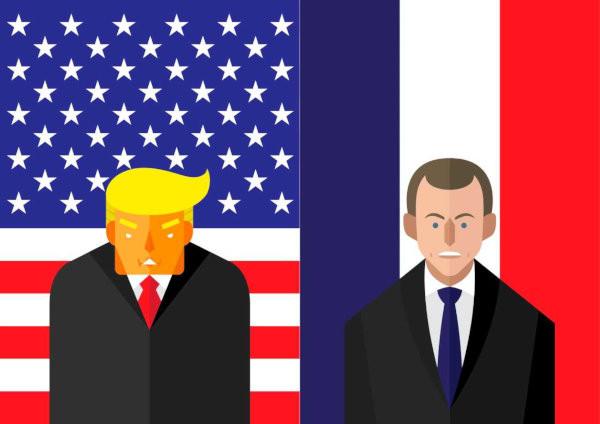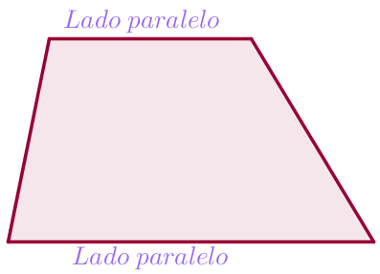O Paris Agreement is a global commitment on climate change and provides targets for the reduction of greenhouse gas emissions. For this agreement to enter into force, it was necessary for countries that represent around 55% of greenhouse gas emissions. greenhouse effect ratify it. On December 12, 2015, the agreement was signed after several negotiations, entering into force on November 4, 2016. As of 2017, 195 countries have signed and 147 have ratified.
objective
Reducing emissions of greenhouse gases such as carbon dioxide is the main objective of the Paris Agreement. The heavy use of fossil fuels as an energy matrix in the world, it intensifies the release of carbon dioxide and other harmful gases into the atmosphere. This emission of gases significantly contributes to the increase in the planet's temperature. The Paris Agreement's goal is to keep the planet's temperature rise below 2°C.
Targets for developed and underdeveloped countries
One of the goals of the Paris Agreement is to encourage developed countries to provide financial and technological support to underdeveloped countries. The idea is for this aid to collaborate in the expansion of actions proposed by underdeveloped countries, but everyone must present action plans.
Among the agreements signed by the countries, one of them suggests that every five years the governments communicate the voluntarily the mechanisms for reviewing their contributions so that the goals can be high. You developed countries are ahead of the agreement and must establish numerical targets to be achieved in relation to the emission of greenhouse gases. already the underdeveloped countries they need to step up efforts to continue achieving the proposed goals.
Read more:What are greenhouse gases?

The main objective of the Paris Agreement is to reduce emissions of greenhouse gases such as carbon dioxide.
Historical context of the Paris Agreement
Changes caused to the environment by human action concern the entire world. The emission of harmful gases into the atmosphere has caused the aggravation of the greenhouse effect and the global warming. This issue occurs due to the intense burning of fossil fuels for industrial use, urban transport and electricity generation.
This scenario has been the scene of several debates, agreements and goals. A large part of the changes caused in the environment are related to the industrial period and the intense technological development. THEIndustrial Revolution it provided an increase in production, further intensifying the use of fossil fuels, as well as accelerating the process of urbanization and exaggerated consumption. The environmental problems generated by the industrial process are part of an old reality, while the awareness of climate change is recent.
Know more: What are the consequences of global warming?
Countries that have not adhered to the Paris Agreement
Because of the dramatic civil war in which it is involved, the Syria it is not part of the agreement. THE Nicaragua, in turn, claimed that the agreement was too ambitious and would be ineffective, as countries would voluntarily submit their commitments, ending up boycotting it. In 2017, after being devastated by hurricanes, the then president of Nicaragua, Daniel Ortega, decided to adhere to the agreement.
Read too: Syria's civil war is one of the biggest humanitarian disasters on the planet
Why did the United States leave the Paris Agreement?

President Donald Trump has decided to withdraw the United States from the Paris Agreement*
In 2016, the United States had joined the agreement, under the then President Barack Obama. However, in 2017, Donald Trump, president of the country at the time, scared the world with the decision to leave the agreement. Trump is considered skeptical of climate change.
In light of the news, the United Nations estimated that the effects of the United States' withdrawal from the Paris Agreement would bring losses. The planet's temperature can rise by 0.3 degrees. The US decision is seen by the organization as disappointing, given the global efforts in the fight to reduce the emission of greenhouse gases and the fact that the United States being the second largest emitter of this type of gas, second only to China. President Donald Trump was heavily criticized in several demonstrations calling for the country's return to the agreement.
Brazil's Participation in the Paris Agreement
Brazil signed the Paris Agreement in 2015, committing to reduce its gas emissions by 2025. greenhouse effect by up to 37% (compared to levels emitted in 2005), extending this target to 43% by 2030. The main goals of the Brazilian government are:
Increase the use of alternative energy sources;
Increase the share of sustainable bioenergy in the Brazilian energy matrix to 18% by 2030;
Use clean technologies in industries;
Improve transport infrastructure;
decrease the logging;
Restore and reforest up to 12 million hectares.
_________________
*Image credits: Punyaruk Baingern / Shutterstock
by Rafaela Sousa
Graduated in Geography
Source: Brazil School - https://brasilescola.uol.com.br/geografia/acordo-paris.htm


